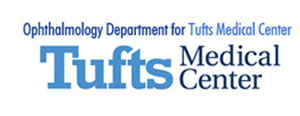Do your eyes frequently feel irritated, burning, and gritty? You may have dry eyes.
Dry eyes are very common and may be temporary, but they can also be chronic. There are several reasons you may develop dry eyes or dry eye syndrome.
Sometimes, it can be challenging to pinpoint the exact cause of your dry eyes. No matter what’s causing dryness, your eye doctor at New England Eye Center is here for you!
Our team can help diagnose and treat your condition, whether it’s temporary or chronic. Keep reading to learn more about dry eyes and what may be causing them!
Environmental Factors

Dry eyes occur if you aren’t producing enough tears or the tears produced are low quality. Your tear production abilities can even be affected by your environment.
For example, if you live in an arid, very dry climate or your home or workplace is usually dry from intense air conditioning, the tears that keep your eyes moisturized may evaporate too quickly. If tears leave the surface of your eyes too quickly, this can lead to symptoms of dry eyes.
You can also develop dry eyes from not blinking enough, too much screen time, not drinking enough water, and wearing contact lenses for too long. In these cases, changing your environment or correcting the root cause of your dry eyes will help alleviate your symptoms.
However, when factors beyond your environment cause dry eyes, they may not be temporary. If this is the case, you may require more intensive treatment.
Hormonal Fluctuations
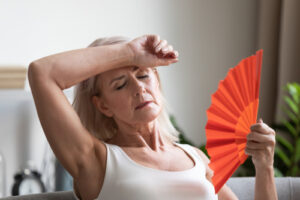
Hormonal fluctuations, especially changes in estrogen production, may trigger dry eye syndrome. This is why dry eye syndrome is common in women, especially those pregnant or going through menopause.
Hormones can influence the production of various chemicals in your body, including your tear composition.
Age
Age is another factor that can change how your body produces tears. For this reason, dry eye syndrome is more common in adults over 40. Both age and hormonal changes can change the composition of your tears.
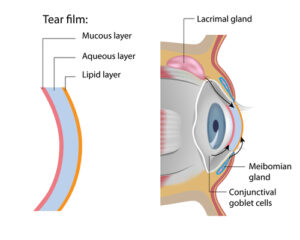
It may seem like tears are only made of water, but there’s more to it. Your tears have three layers: an inner mucus layer, the middle water layer, and the outer lipid layer.
The lipid layer is oil produced by glands in your eyes called meibomian glands. Age and hormone changes often cause issues that affect how this gland functions, usually due to inflammation. One of the leading causes of dry eye syndrome is meibomian gland dysfunction (MGD), occurring when meibomian glands become blocked and can’t function.
Inflammation
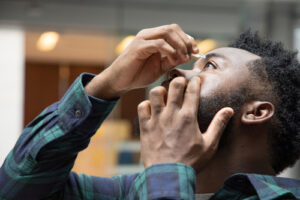
Inflammation, especially of the eyelids, called blepharitis, is more common in older individuals and is one of the reasons many people develop dry eye syndrome. You can develop inflammation due to bacterial infections, dandruff, and various skin conditions, including dermatitis and rosacea.
When the eyelids are inflamed, the meibomian glands can also become inflamed. If inflammation occurs, these glands don’t function as well and have trouble producing the outer oil layer of your tears.
When your tears lack this layer, they evaporate too quickly, meaning your eyes may not get enough moisture. Eyes that lack moisture may feel dry, itchy, scratchy, or overproduce tears, causing excess watering.
These are only some of the many symptoms that accompany dry eye syndrome. If you experience dry eye symptoms, see your eye doctor for diagnosis and treatment. Even when chronic, dry eyes are highly treatable.
Treatments
If it feels like there’s no hope for your dry eyes, there are many ways to treat them. Many dry eye treatments are non-invasive and may require making small lifestyle changes.
However, you should always talk to your eye doctor and get their recommendation before attempting treatment on your own. They may recommend some of the following options:
Nutritional Supplements

Omega-3 fatty acids, in particular, can be excellent for improving tear production. You can find these vital nutrients in fatty fish, walnuts, and seeds.
Your eye doctor may recommend you eat more of these foods or take fish oil or flaxseed pills. Nutrient-dense foods, like dark, leafy greens, can assist with your eye health and reduce inflammation and dry eye symptoms.
Lid Hygiene
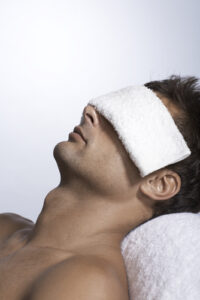
Bacteria often cause inflammation. Keeping your eyelids clean may help with blepharitis and meibomian gland dysfunction.
You can clean your eyelids with a wet compress or gently wash them with an eyelid wash or wipe. Your eye doctor can give you specific instructions on what cleaning solution to use and how to clean your eyelids.
Be sure to follow their instructions, as improper cleaning may worsen your condition rather than alleviate it.
Medications
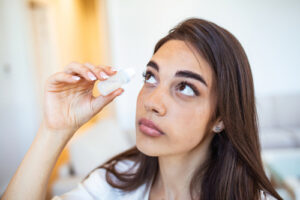
Many eye doctors often recommend using over-the-counter artificial tears to alleviate short-term dry eye symptoms. If your symptoms don’t respond to nutritional changes, proper lid hygiene, or artificial tears, your eye doctor may recommend prescription medication.
These may be steroid eye drops or a medication called Restasis, which aids in tear production.
Light Therapy
When medication and other treatments don’t alleviate symptoms, certain therapies may help. At our offices, we offer a therapy called Optima IPL. Optima IPL is a non-invasive treatment that uses gentle light to treat meibomian gland dysfunction.
Punctal Occlusion
The last measure to treat dry eye is minimally-invasive surgery. The most common form of surgery for dry eye is punctal plugs.
These are tiny plugs that your eye doctor inserts into your puncta. The puncta are the tear ducts in the inner corner of your eye near your nose.
Blocking off these ducts forces your tears to stay on the surface of your eye longer, compensating for any inadequate tear quality. In most cases where no other treatment alleviates dry eye symptoms, punctal occlusion is successful.
No matter what’s causing your dry eyes, treatment is possible. For many patients, this is effective and leads to an improvement in symptoms.
Are you tired of living with dry eyes? Schedule an appointment at New England Eye Center in Boston, MA, to get the relief you need!




